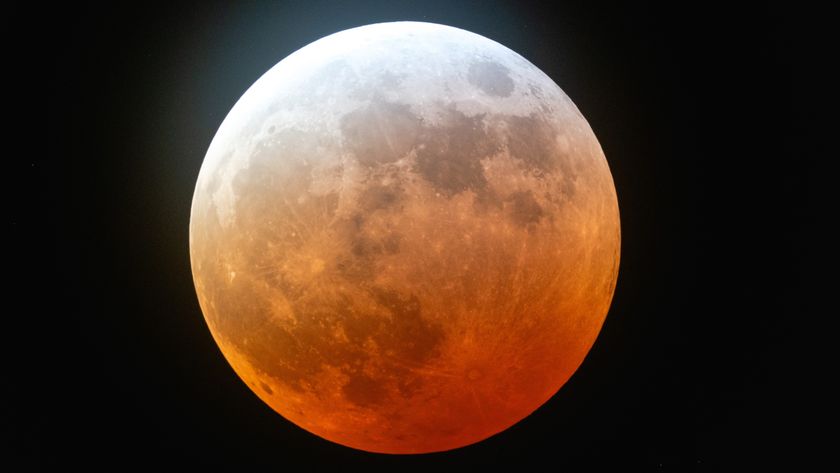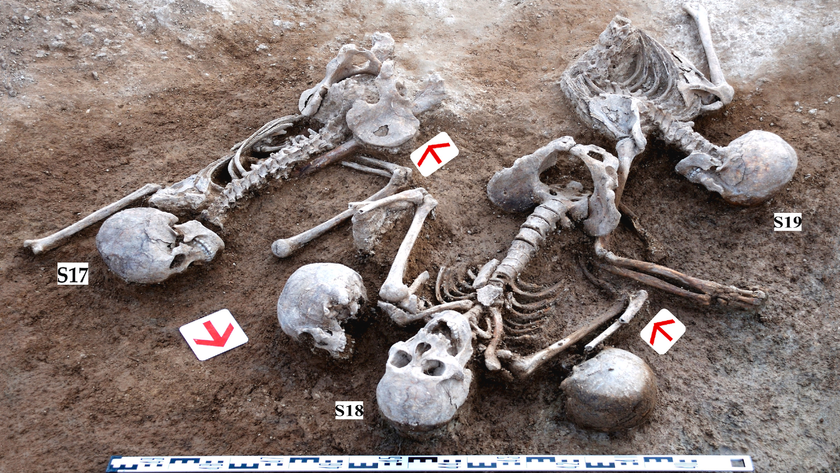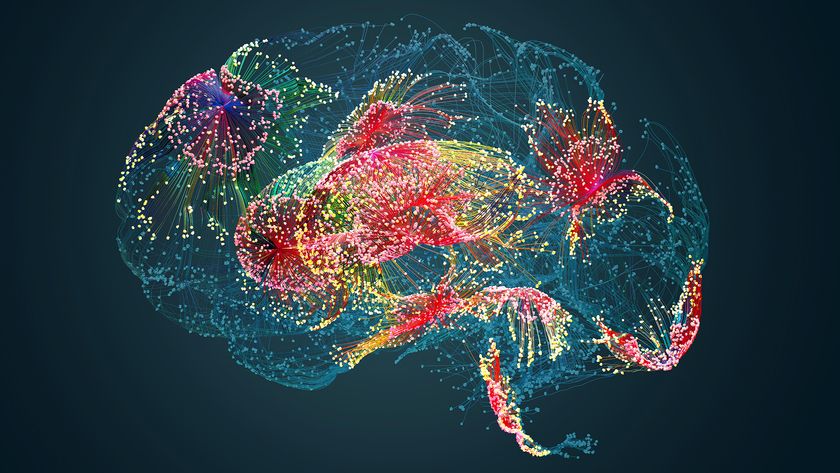
Video: New Zealand Quake Shook Ground Like Jelly
The magnitude 6.0 earthquake that shook New Zealand today (June 13) caused startling liquefaction, where soils move similarly to a liquid, undermining buildings and other structures. The liquefaction in New Zealand was captured on video.
Near coastlines, harbors and rivers, soil is often wet and sandy. The shaking of earthquakes gives this soil a jiggling effect, turning it temporarily from a solid to a liquid state.
Today's quake ruptured 5.6 miles (9 kilometers) below the Earth's surface and struck 8 miles (13 kilometers) north-northeast of the city of Christchurch, New Zealand. This combination of shallow depth and close proximity to the city is why it was felt so strongly at the surface and triggered the liquefaction.
"If it's a deeper quake, we don't get the surface effects," said Julie Dutton, a U.S. Geological Surveygeophysicist in Golden, Colo.
Today's quake was an aftershock of the magnitude 7.0 quake that hit the country on Sept. 3, 2010 near Darfield, New Zealand, according to the USGS. The quake also triggered a magnitude 6.3 earthquake that shook Christchurch on Feb. 22 and killed a reported 181 people. Only minor injuries and damage to buildings already weakened by previous quakes were reported for today's temblor.
Big aftershocks may continue to shake the country for some time, as forecasting these temblors is nearly impossible.
"There's not really a set timeframe where the earthquakes will peter off," Dutton told OurAmazingPlanet.
Sign up for the Live Science daily newsletter now
Get the world’s most fascinating discoveries delivered straight to your inbox.
Today's earthquake was a dominantly strike-slip faulting earthquake, a mechanism where fault systems slide side-to-side when two tectonic plates butt heads.This most recent quake broke at the eastern end of the rupture of the February magnitude 6.3 earthquake.
All the quakes since the September 7.0 quake have been along the boundary of the Pacific and Australia plates in the central South Island, New Zealand.
New Zealand is a nation of islands along the volatile Pacific Ring of Fire — a narrow zone around the Pacific Ocean where a large chunk of Earth's earthquakes and volcanic eruptions occur. Roughly 90 percent of all the world's earthquakes, and 80 percent of the largest ones, strike along the Ring of Fire.
Every year, New Zealand has between 100 to 150 quakes large enough to be felt, according to GNS Science, a New Zealand earth science research firm. Since records began being kept in the 1840s, New Zealand has averaged several magnitude 6 earthquakes every year, one magnitude 7 every 10 years, and a magnitude 8 every century, GNS said.
The June 13 earthquake was preceded by a nearby magnitude 5.2 foreshock about 1 hour and 20 minutes earlier. There is no specific surface fault that has been observed for the earthquakes that have hit since September near Christchurch, according to the USGS.
- The 10 Biggest Earthquakes in History
- 7 Ways the Earth Changes in the Blink of an Eye
- 13 Crazy Earthquake Facts
Reach OurAmazingPlanet staff writer Brett Israel at bisrael@techmedianetwork.com. Follow him on Twitter @btisrael.












